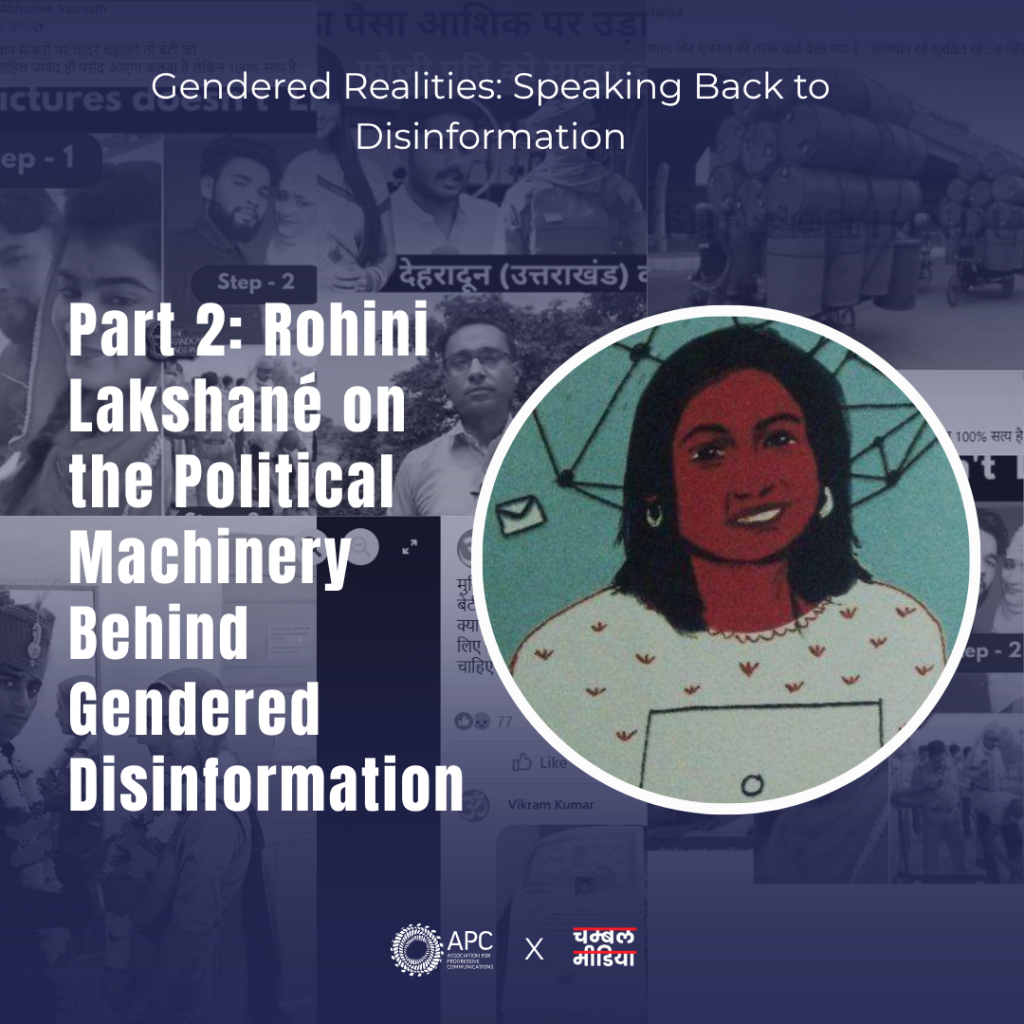Listen to the article
In a digital landscape increasingly polluted by disinformation, rural women journalists in northern India are fighting back with truth as their primary weapon. The all-women news organization Khabar Lahariya has emerged as a powerful counterforce to the spread of false narratives that disproportionately affect marginalized communities.
Operating across India’s Hindi-speaking belt, Khabar Lahariya’s team of reporters—many from Dalit, Muslim, and tribal backgrounds—navigate complex social terrains to deliver fact-based reporting to areas often overlooked by mainstream media outlets. Their work represents not just journalism but an act of resistance against entrenched systems of misinformation.
“When we enter villages as women reporters, we already challenge expectations,” explains Kavita Bundelkhand, a senior reporter with the organization. “People are surprised to see us with cameras and microphones, asking questions about government accountability. This initial disruption creates space for us to challenge other assumptions, including false information that has been circulated.”
The rise of digital platforms and messaging apps like WhatsApp has transformed how information spreads in rural India. While these technologies have democratized communication, they’ve also accelerated the distribution of unverified claims, doctored images, and inflammatory content designed to exploit social divisions.
Research from the Internet and Mobile Association of India shows that rural internet users now outnumber their urban counterparts, with over 350 million rural Indians online. This digital expansion has not been matched with equivalent growth in media literacy, creating fertile ground for misinformation to take root.
Khabar Lahariya’s approach combines traditional reporting with innovative verification techniques. Their reporters conduct extensive ground investigations, speaking directly with affected communities rather than relying on official statements or social media narratives. This methodology has proven particularly effective in debunking false claims around communal tensions, development projects, and public health initiatives.
“During the COVID-19 pandemic, we saw dangerous misinformation about treatments and vaccines spreading through villages,” says Meera Devi, chief reporter with Khabar Lahariya. “Our team spent months documenting the real impact of the virus while simultaneously correcting false claims. When people recognize a journalist from their own community presenting verified information, it carries special weight.”
The organization’s work highlights how disinformation often reinforces existing gender, caste, and religious biases. False narratives frequently target women and minority groups, amplifying stereotypes and sometimes inciting violence. By placing women from these communities at the center of information verification and dissemination, Khabar Lahariya disrupts these patterns.
Media experts have taken note of their distinctive approach. Dr. Shakuntala Banaji from the London School of Economics, who studies digital media in South Asia, describes Khabar Lahariya’s model as “journalism that recognizes how misinformation is inherently political and often gendered. Their reporters understand the social context in which false information spreads because they live those realities.”
The organization’s impact extends beyond individual fact-checking. Their sustained presence in communities establishes channels of trust that make residents more skeptical of unverified claims. In districts where Khabar Lahariya has operated for years, community members now frequently reach out to verify suspicious information before sharing it further.
Despite their successes, the journalists face significant challenges. They regularly encounter hostility from those who benefit from misinformation, including local power brokers and sometimes government officials. The reporters have documented numerous instances of intimidation and threats aimed at silencing their work.
“When we expose a false narrative about government schemes or corporate projects, there are powerful interests who want that narrative to persist,” explains Shyamkali Devi, who covers rural development issues. “But we continue because we’ve seen how damaging unchecked misinformation can be for our communities.”
The organization has expanded its reach through digital platforms, with millions now following their reporting on YouTube and other social media. This growth has allowed them to build a sustainable model for rural journalism while maintaining their commitment to factual reporting.
As disinformation continues to challenge democratic discourse globally, Khabar Lahariya’s work offers valuable lessons about the importance of community connection, diverse representation in media, and sustained investment in local journalism as essential components of resilient information ecosystems.
Their approach demonstrates that combating disinformation requires more than technological solutions or fact-checking algorithms. It demands journalists who understand the cultural contexts in which false information spreads and who have earned the trust needed to speak back to it effectively.
Verify This Yourself
Use these professional tools to fact-check and investigate claims independently
Reverse Image Search
Check if this image has been used elsewhere or in different contexts
Ask Our AI About This Claim
Get instant answers with web-powered AI analysis
Related Fact-Checks
See what other fact-checkers have said about similar claims
Want More Verification Tools?
Access our full suite of professional disinformation monitoring and investigation tools




16 Comments
Interesting update on Combating Disinformation: Khabar Lahariya’s Response to Gender-Based Falsehoods. Curious how the grades will trend next quarter.
Uranium names keep pushing higher—supply still tight into 2026.
If AISC keeps dropping, this becomes investable for me.
Good point. Watching costs and grades closely.
Good point. Watching costs and grades closely.
Silver leverage is strong here; beta cuts both ways though.
Good point. Watching costs and grades closely.
Good point. Watching costs and grades closely.
Interesting update on Combating Disinformation: Khabar Lahariya’s Response to Gender-Based Falsehoods. Curious how the grades will trend next quarter.
Good point. Watching costs and grades closely.
Interesting update on Combating Disinformation: Khabar Lahariya’s Response to Gender-Based Falsehoods. Curious how the grades will trend next quarter.
Production mix shifting toward Disinformation might help margins if metals stay firm.
Good point. Watching costs and grades closely.
Good point. Watching costs and grades closely.
If AISC keeps dropping, this becomes investable for me.
Good point. Watching costs and grades closely.